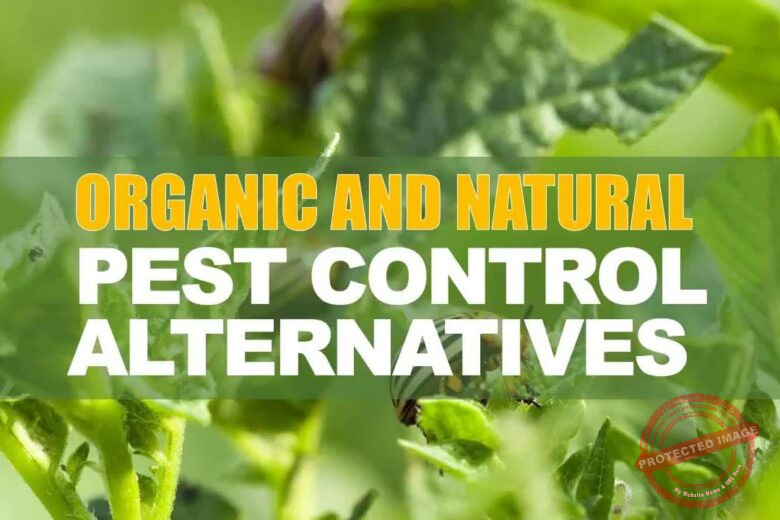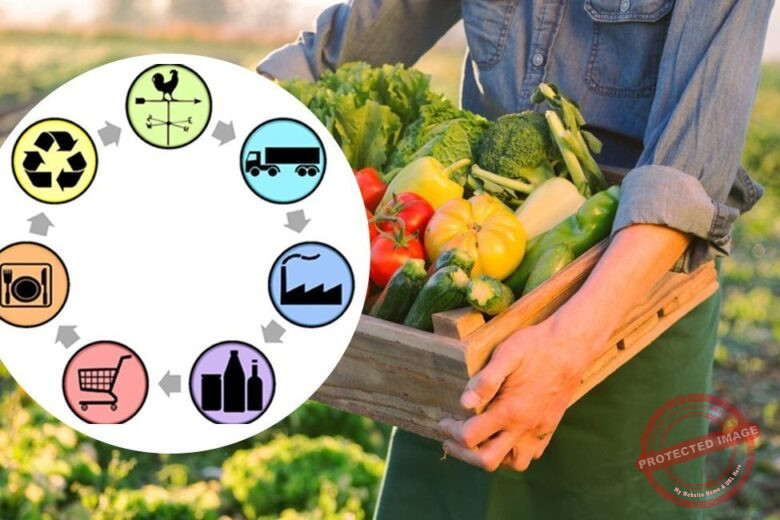Sugarcane, a vital crop with various applications in the sugar and bioenergy industries, requires careful nutrient management to achieve optimal yield. An effective fertilizer schedule for sugarcane plays a crucial role in providing the necessary nutrients for growth, development, and resistance to pests and diseases.
In this article, we will delve into the intricacies of a proper fertilizer schedule, helping you enhance the productivity of your sugarcane crop and ensure long-term sustainability.
Read Also: Fertilizer Schedule for Apple Trees: Optimal Nutrition for Bountiful Harvests
Understanding the Nutritional Requirements of Sugarcane
Before we dive into the fertilizer schedule for sugarcane, it is important to understand the crop’s nutritional requirements. Sugarcane requires a balanced supply of essential macronutrients and micronutrients for proper growth, yield, and overall health. Let’s explore these requirements in detail.
Macronutrients
Sugarcane has three primary macronutrient requirements:
Nitrogen (N):
Nitrogen is vital for promoting vigorous vegetative growth, enhancing tillering, and increasing stalk size and sugar content. Apply nitrogen in split doses during different growth stages to ensure an adequate supply without excessive vegetative growth.
Read Also: 15 Best Fertilizers for Okra Farms [Organic & Inorganic]
Phosphorus (P):
Phosphorus is essential for root development, early growth, and the initiation of tillers. Apply phosphorus before planting or during early growth stages to meet the crop’s needs.
Read Also: Fertilizer Schedule for Lawns: A Comprehensive Guide to Achieving a Lush, Green Yard
Potassium (K):
Potassium aids in improving sugarcane’s resistance to diseases, enhancing stalk thickness, and improving overall quality. Apply potassium evenly throughout the growing season, prioritizing higher doses during periods of rapid growth.
Read Also: 15 Best Fertilizer for Sweet Potatoes Farm [Organic & Inorganic]
Micronutrients
In addition to macronutrients, sugarcane requires several essential micronutrients:
- Iron (Fe)
- Manganese (Mn)
- Zinc (Zn)
- Copper (Cu)
- Boron (B)
- Molybdenum (Mo)
While these micronutrients are required in smaller quantities, they play a crucial role in various physiological and metabolic processes. Ensure the availability of these micronutrients in the soil through periodic soil testing and supplementation when necessary.
Read Also: 15 Best Fertilizers for Onions Farm [Organic & Inorganic]
Fertilizer Schedule for Sugarcane: A Step-by-Step Approach
Designing an effective fertilizer schedule for sugarcane involves considering various factors, including soil type, nutrient availability, climate conditions, and crop growth stages. Let’s outline a step-by-step approach to help you develop a successful fertilizer schedule for your sugarcane crop.
Step 1: Soil Testing
Before implementing a fertilizer schedule, it is essential to conduct a comprehensive soil test to assess the nutrient levels and pH of your soil. This analysis will provide insights into the soil’s fertility status, allowing you to make informed decisions regarding fertilizer application.
Read Also: 15 Best Fertilizer for Cocoa Farm [Organic & Inorganic]
Step 2: Pre-Planting Stage
During the pre-planting stage, it is crucial to establish a strong foundation for your sugarcane crop. Implement the following fertilization practices:
Apply phosphorus and potassium based on soil test recommendations to meet the crop’s initial requirements.
Incorporate organic matter, such as well-decomposed compost, to improve soil structure and nutrient-holding capacity.
Read Also: 15 Best Fertilizer for Cabbage Organic & Inorganic
Step 3: Planting and Early Growth Stage
Once the sugarcane is planted, focus on promoting healthy root development and early growth. Follow these guidelines:
Apply a balanced fertilizer, such as 10-30-10, at the rate of 200 kg/ha to provide the necessary phosphorus and potassium during this critical stage. 2. Incorporate micronutrients, such as zinc and manganese, if the soil test indicates deficiencies. Apply these micronutrients in chelated forms for better absorption.
Read Also: Fertilizer Schedule for Tomatoes: Maximizing Your Tomato Harvest
Step 4: Tillering Stage
During the tillering stage, sugarcane undergoes rapid vegetative growth, and it is crucial to provide adequate nutrients to support this growth phase. Follow these recommendations:
Apply nitrogen in split doses, starting with an initial application of 60 kg/ha at the onset of tillering, followed by subsequent applications of 40 kg/ha every 30 days until the maximum recommended nitrogen amount is reached.
Read Also: 15 Best Fertilizers for Carrot Organic & Inorganic: Boost Your Carrot Growth!
Continue supplying phosphorus and potassium based on soil test recommendations to maintain optimal levels for growth and development.
Step 5: Grand Growth Stage
The grand growth stage is characterized by the development of stalks and the accumulation of sugar. To ensure the best possible yield, follow these guidelines:
Maintain nitrogen applications at a rate of 40 kg/ha every 30 days until reaching the maximum recommended amount.
Continue supplying phosphorus, potassium, and micronutrients based on soil test recommendations and crop requirements.
Monitor soil moisture levels and provide irrigation when necessary to support the crop’s water needs.
Read Also: 15 Best Fertilizers for Maize: Organic & Inorganic
Step 6: Ripening Stage
During the ripening stage, the focus shifts towards maximizing sugar accumulation and ripening of the sugarcane. Implement the following practices:
Reduce nitrogen applications to avoid excessive vegetative growth, as this can hinder sugar accumulation. Apply a final nitrogen dose of 20 kg/ha before the cessation of vegetative growth.
Maintain phosphorus, potassium, and micronutrient applications to support ripening and overall plant health.
When is the best time to apply fertilizers to sugarcane?
The best time to apply fertilizers to sugarcane is during the pre-planting stage, early growth stage, tillering stage, grand growth stage, and ripening stage. Each growth phase has specific nutrient requirements that should be met to optimize yield.
How often should nitrogen be applied during the sugarcane growth cycle?
Nitrogen should be applied in split doses throughout the sugarcane growth cycle. It is recommended to apply nitrogen every 30 days, starting from the onset of tillering until the ripening stage. This helps avoid nutrient deficiency or excess, ensuring proper growth and sugar accumulation.
Can organic fertilizers be used for sugarcane cultivation?
Yes, organic fertilizers can be used for sugarcane cultivation. Incorporating well-decomposed compost or organic matter into the soil during the pre-planting stage can improve soil fertility, nutrient availability, and overall crop health.
How can I identify nutrient deficiencies in sugarcane?
Nutrient deficiencies in sugarcane can manifest as visual symptoms in the plants. Common signs include yellowing or discoloration of leaves, stunted growth, and poor flowering. However, it is recommended to conduct regular soil testing to accurately identify nutrient deficiencies and take appropriate corrective measures.
Is foliar application of fertilizers beneficial for sugarcane?
Foliar application of fertilizers can be beneficial for sugarcane under specific circumstances. It can provide a quick and direct supply of nutrients to the plants, especially during periods of high demand or when soil conditions limit nutrient uptake. However, foliar application should not replace soil application, as the majority of nutrient absorption occurs through the roots
What are the recommended micronutrients for sugarcane cultivation?
The recommended micronutrients for sugarcane cultivation include iron (Fe), manganese (Mn), zinc (Zn), copper (Cu), boron (B), and molybdenum (Mo). These micronutrients play essential roles in various physiological processes and should be supplemented when deficiencies are identified through soil testing.
Conclusion
Developing an effective fertilizer schedule for sugarcane is crucial for maximizing yield and ensuring the health and productivity of your crop. By understanding the macronutrient and micronutrient requirements of sugarcane at different growth stages, conducting soil testing, and following a step-by-step approach, you can provide the necessary nutrients for optimal growth and sugar accumulation.
Remember to adapt the fertilizer schedule based on your specific soil conditions, climate, and other local factors. Regular monitoring and adjustments are key to maintaining a balanced nutrient supply and preventing deficiencies or excesses that can hamper crop performance.
Achieving success in sugarcane cultivation requires a combination of knowledge, observation, and careful nutrient management. By implementing a well-designed fertilizer schedule, you can enhance the quality and quantity of your sugarcane harvest, contributing to the profitability and sustainability of your farming operations.
![How To Buy Farmland For Investment [Farmer’s Guide]](https://agrolearner.com/wp-content/uploads/2024/01/Farmland.jpg)


